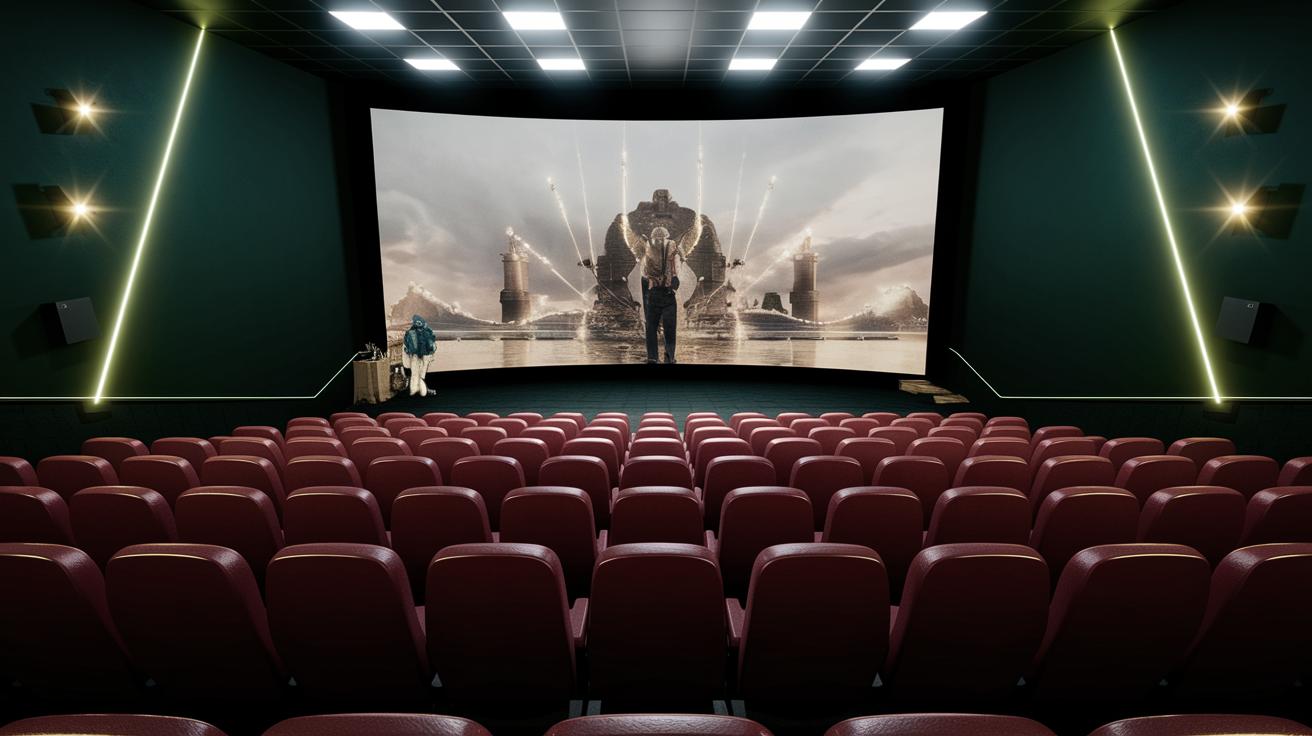How Do Filmmakers Adapt Novels into Movies?
Adapting a beloved novel into a film is a complex and rewarding process, entwining both creative interpretation and technical challenges. This blog post delves into the nuances of film adaptation, examining the primary considerations filmmakers must address and the transformative impact these projects can have on both literature and cinema. Case studies of successful adaptations highlight effective practices, while exploring the global tapestry of adaptation reveals diverse cultural approaches. Additionally, discussions on connecting with audiences and facing common pitfalls provide a comprehensive look into the future trends of this timeless art form. Join us as we explore these pivotal elements that shape cinematic storytelling.
Part 2
Understanding the process of adaptation requires a deep dive into literary and cinematic mechanics. While novels afford the luxury of extensive exploration in terms of internal monologues and detailed environments, film adaptations compress these elements into a cohesive visual narrative. This shift demands that filmmakers prioritize which threads of the source material will be most impactful on screen and which might need to be reimagined or omitted in pursuit of a coherent filmic narrative.
Another critical component of adaptation is considering the audience’s pre-existing relationship with the novel. Filmmakers must respect the expectations of dedicated fans while also crafting a film that resonates with viewers new to the story. This balancing act often involves finding a harmony between remaining faithful to the source material and embracing the unique possibilities of visual storytelling.
Your Duty is to the Movie’s Audience, Not the Book
The primary duty of a filmmaker is to the movie’s audience. While it is important to respect the source material, filmmakers must recognize that film and literature are inherently different mediums, each with its own set of storytelling tools. Consequently, while remaining true to the essence of the novel, filmmakers must prioritize the needs of the film as a standalone piece of art.
Adapting a novel requires a shift in focus. Filmmakers must craft engaging visual narratives that not only honor the themes and spirit of the original work but also captivate those who may never have read the novel. This might involve restructuring plots, reimagining characters, or emphasizing different aspects of the story to better suit the cinematic medium.
To Whom is That Debt Owed?
The responsibility owed in an adaptation is multi-faceted. Primarily, there is a debt to the story itself. Filmmakers must distill the core of the narrative and ensure that the film remains true to the novel’s intentions, even if the details differ. This fidelity to the narrative core ensures that the story’s essential message and emotional impact are preserved.
There is also the consideration of respecting the author’s original intentions. Successful adaptations often involve collaboration with the authors or consult trusted literary experts to ensure that the film remains loyal to their creative vision. However, it is crucial that the ultimate focus remains on producing a film that stands on its own merits, appealing both to fans of the book and new audiences alike.
Case Studies in Successful Adaptations
Several iconic film adaptations have successfully transformed beloved novels while earning critical and commercial acclaim. “The Lord of the Rings” trilogy, directed by Peter Jackson, serves as a prime example. Jackson’s adaptation was praised for its attention to detail and commitment to the spirit of J.R.R. Tolkien’s universe, demonstrating how films can both respect their source material and enrich it through stunning visual storytelling.
Another successful adaptation is “The Shawshank Redemption,” based on Stephen King’s novella “Rita Hayworth and Shawshank Redemption.” Frank Darabont’s film translated the emotional depth and character development of King’s writing into powerful performances and cinematics, illustrating how strong narrative elements can evolve successfully from page to screen.
Challenges & Pitfalls in Adaptation
Adapting novels into films often presents numerous challenges, including condensation of extensive plots, character depth reduction, and internal monologue translation into visual or dialogue-driven narratives. These challenges require filmmakers to be both selective and creative in their approach to retain the novel’s essence while producing a compelling film.
Common pitfalls include overemphasizing certain plotlines or characters at the expense of the story’s balance and depth or failing to adapt elements in a way that serves the medium of film effectively. Missteps often lead to negative reception from both audiences and critics, highlighting the importance of skilled adaptation techniques.
Transformative Impact on Literature & Film
Film adaptations can significantly amplify a novel’s impact, introducing it to wider audiences and new generations of readers. Successful adaptations often lead to greater readership and renewed interest in the literary work, showcasing the symbiotic relationship between literature and film.
Conversely, adaptations contribute to the cinematic landscape by providing filmmakers with rich source material and narrative depth, which can elevate the quality and prestige of cinema. This cross-pollination enriches both fields, encouraging innovation and artistic expression in both mediums.
Engaging Audiences & Fostering Community Discussions
Film adaptations often serve as a conversation starter, uniting fans of the book with cinema aficionados in exploring thematic elements, deviations from the original text, and interpretations of characters. These discussions are crucial for fostering a community of engaged viewers and readers who appreciate the art of storytelling from differing perspectives.
Social media platforms, book clubs, and fan forums provide spaces for these discussions, expanding audience engagement. They also support a dialogue that can influence future adaptations by providing filmmakers with direct feedback from the audience, promoting a shared cultural experience around literature and film.
Exploring Global Perspectives on Adaptation
Adaptations across different cultures bring a diverse array of perspectives to both the source material and film industry. Cultural interpretation plays a significant role, as filmmakers from varying backgrounds adapt stories to reflect regional storytelling styles, traditions, and societal issues.
Global adaptations often create a unique fusion of the original narrative with cultural nuances, enriching the story and providing audiences with insights into different worldviews. This approach not only broadens the story’s appeal but also adds depth and authenticity when representing diverse experiences.
Future Directions & Trends in Adaptation
The future of adaptations holds exciting potential as technological advancements continue to enhance filmmaking capabilities. From cutting-edge CGI and virtual reality experiences to interactive storytelling, filmmakers have unprecedented tools to explore imaginative and immersive narratives.
Trends in adaptation also suggest a growing emphasis on inclusivity and diversity, with filmmakers increasingly drawn to stories that reflect a broad spectrum of voices. As audiences become more global and connected, adaptations have the potential to bridge cultural divides and highlight shared human experiences.
Final Thoughts
| Aspect | Description |
|---|---|
| Process of Adaptation | Involves reimagining novel content into a cohesive visual narrative, prioritizing film as a standalone art form. |
| Audience Engagement | Requires balancing the expectations of novel fans with the need to captivate new audiences. |
| Successful Examples | “The Lord of the Rings” and “The Shawshank Redemption” are notable successes in adaptation. |
| Challenges | Includes plot condensation, loss of character depth, and translating internal monologue visually. |
| Global Perspectives | Brings diverse cultural interpretations and enriches the narrative with regional storytelling styles. |
| Future Trends | Involves technological advancements, inclusivity, and bridging cultural divides through storytelling. |


